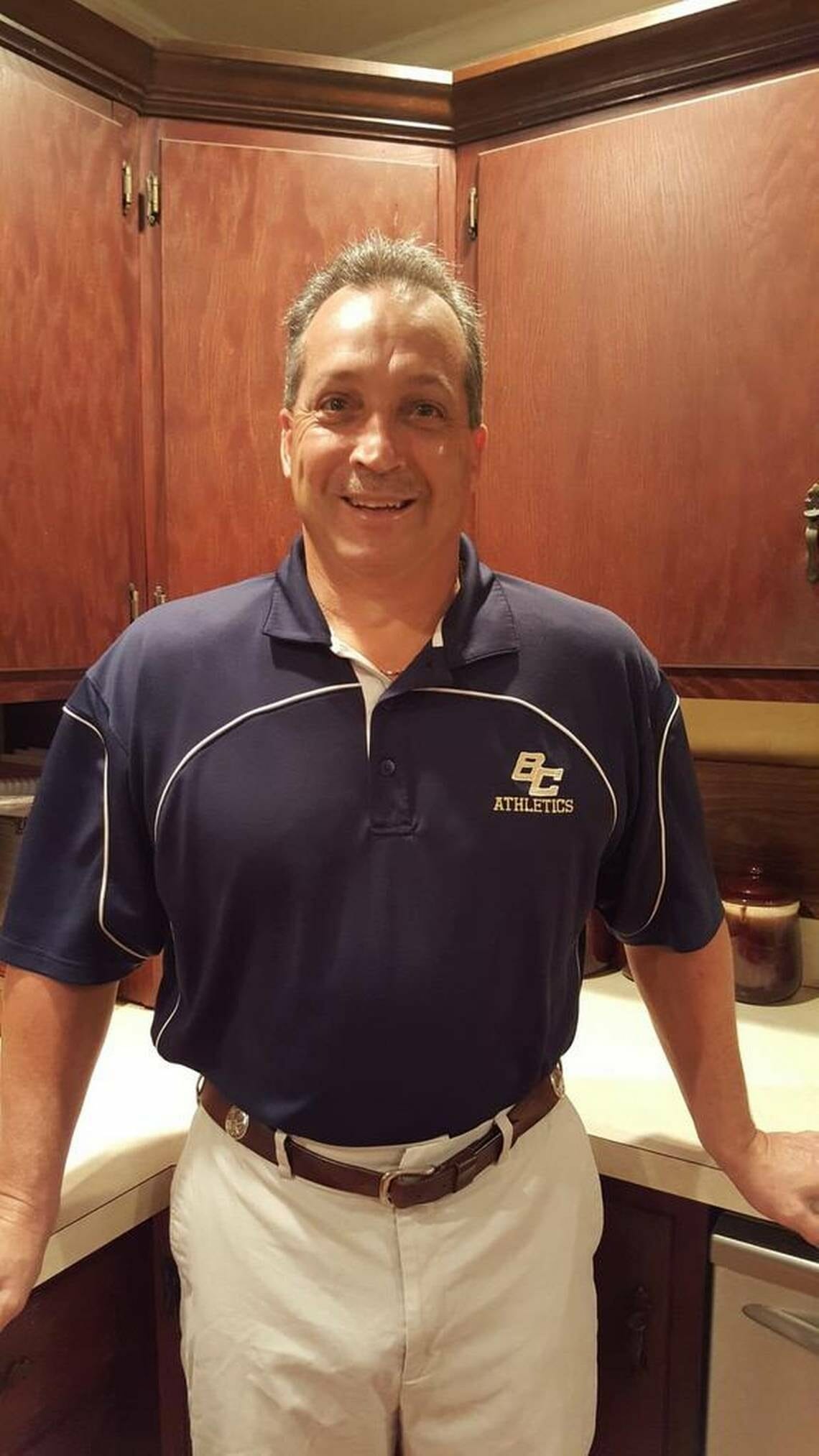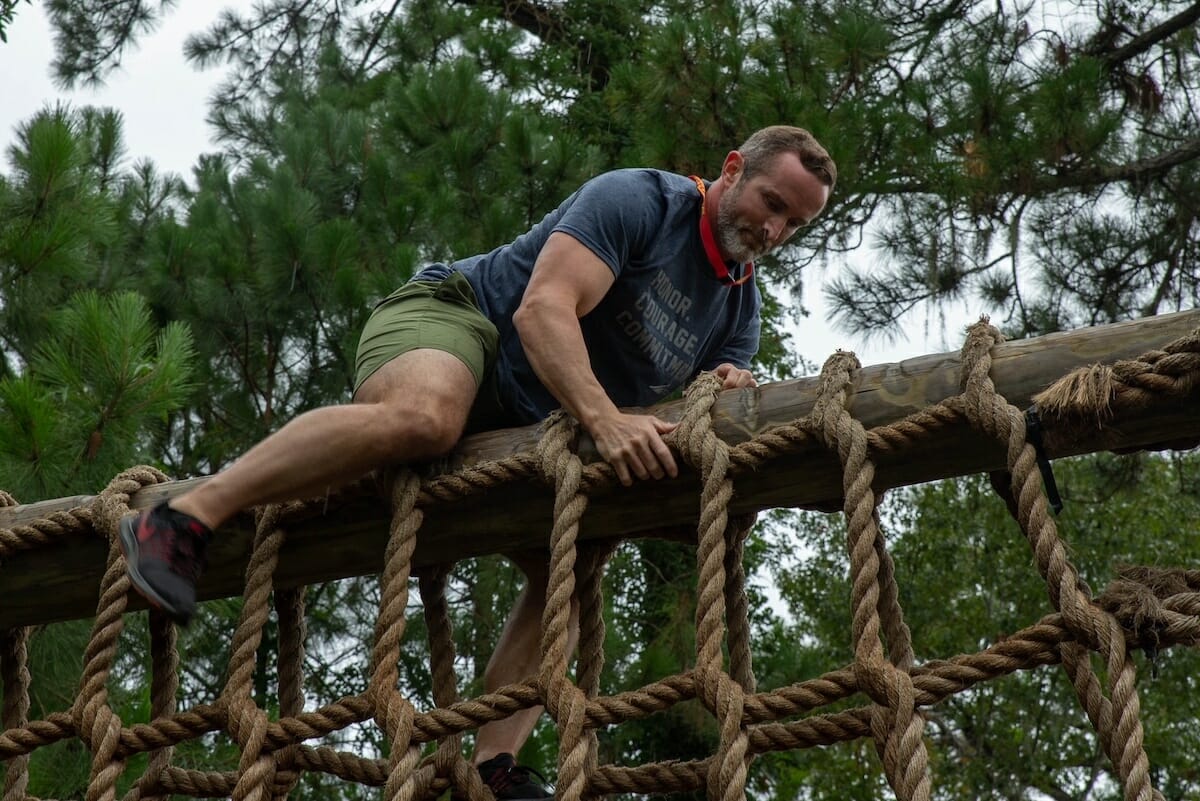Commitment to the team and a participatory form of leading that draws on every military member’s and employee’s knowledge and skills, at every level is leadership. Encouraging and quickly rewarding suggestions and complaints is leadership. Having an “open door” and “open mind” policy is leadership.
Empowering troops, civil service employees, civilian employees, and support contractors with the training, tools, publications, responsibility, authority, and accountability to get the tough jobs done is leadership. Making troops and employees multi-process, multi-weapon, and multi-functional experts is good leadership.
Practicing servant leadership is good leadership. Servant leaders set aside their egos and seek to place the needs of others first to accomplish the mission and improve the safety, security, happiness, readiness, competitiveness, opportunities, and growth of the organization and employees.
Leaders know that “the bitterness of low quality remains long after the sweetness of low price.”
Leaders allow talented military men and women and civilian employees long leashes for experimenting. Leaders find ways to satisfy the essential need of troops and civilians to be both part of a team and be recognized as individuals.
Good leadership is guiding. Leadership is legendary. Leadership is foresight. Leadership is absorbent, abstinent, and, unfortunately, at times it is abominable. Leadership is balanced, basic, and too frequently backward and barbaric. Leadership has saved lives, killed, and stopped and started wars. Leadership has walked softly and carried a big stick, but it has also been loud and nonviolent.
Saying what you do in clear and concise Standard Operating Procedures (SOPs), Plans, Process Maps, and Orders is leadership – and doing what you say (following the SOP) is leadership. Breaking down communication barriers between staffs, line units, support organizations, political parties, allies, and sister units is leadership.
Leadership is acquiring knowledge and skill in the procurement, maintenance, transportation, distribution, and uninterrupted flow of supplies, facilities and personnel. Leadership is knowing who, what, when, where, how, and why.
Leadership is listening to the voice of your customers. Leadership is coaching everyone to understand their job is a part of a process. Leadership knows, that people can observe a process, even those who are strangers to the process, with fresh eyes and see things like waste, hazards, places to improve, that closely involved workers may not see.
Leadership (especially for logisticians) is getting a black belt certification in Lean Six Sigma (L6S) techniques and other world class methods like:
DMAIC (The L6S problem solving methodology known as Defining-Measuring-Analyzing-Improving-Controlling);
Brain Storming and Affinity or Similarity diagramming (Team problem identification and solving by organizing a large number of ideas into their natural relationships);
Five-why (Asking deep probing questioning to find root causes and develop counter measures to mistake proof processes);
Process mapping (Identifying the flow and detailed steps of work processes);
Cause and Effect (fishbone) and Pareto diagramming (Identifying causes and effects of problems and categorizing those causes into manageable and logical groups and priorities);
Lean (Removing all waste of time and activity);
Process mapping (Detailed flow charting, particularly useful in the service industries, where work processes involve unseen steps);
Kaizen (Rapid improvement process);
Reducing the eight types of waste (Waiting, overproduction, rework, motion, transportation, processing, inventory, and intellect);
Balancing and leveling workload (Same level of work over time and same amount of work for each employee);
Distance to customers and suppliers is evil;
A place for everything and everything in its place (standardization);
Five-Ss of layout design (Sorting out what is not needed, storing what is needed, shining/cleaning the area, standardizing the layout, and sustaining the effort);
SIPOC Mapping (Defining the boundaries of your process by identifying suppliers-inputs-process-outputs-customers);
Bench marking (Comparing your organization to other internal and external front-runner organizations and adopting those organizations good ideas); and
Striving for perfection by continuously improving every process and performance.
Leadership is knowing that you can seldom wait until you have all of the answers. Leadership is repeatedly doing simple things that demonstrate sincerity. Leadership is listening to the voice of your internal customers (troops and employees) and external customers (the folks who buy or benefit from your products and services).
Honesty, enthusiasm, loyalty, courage, and wisdom is leadership. Taking care of your Marines, soldiers, sailors, Airmen, Coast Guardsmen, employees, and their dependents is leadership. Being a good boss, comrade and friend, father or mother, son or daughter, sister or brother, and husband or wife is leadership. Being a trustworthy ally and predictable trade partner is leadership. Knowing that the profession of arms is much more than just a job is leadership.
Leadership is being an unquestionable friend and protector of the environment. Leadership is basing decisions on facts. Leadership is promoting and rewarding continuous improvement and value. Leadership is being a champion of safety, fire prevention, and quality. Leadership is staying focused on internal customers, external customers, the enemy, and competitors.
Especially for logisticians, performing preventive maintenance, knowing what cellular techniques involve, being skilled in set-up reduction, and understanding rocks-in-the river problem solving and inventory management is leadership. Ensuring that resupply is at worst “in-time,” and is at best “just in time” is leadership.
Leadership is preventing harassment and a hostile work environment. Leadership is enthusiasm, optimism, helping, training, encouraging, understanding, motivating, disciplining, crying, laughing, standing firm, giving way, counseling, correcting, giving a second chance, and trying again and again.
Leaders are tall, short, thin, heavy, male, female, black, brown, white, yellow, old, young, gay, transgender, and naturalized and un-naturalized. Leaders are from the city and from the farm. Leadership is working hard to close the gap between a soldier’s and civilian employee’s potential and their performance.
Larry Dandridge is a retired Lt. Col. In the U.S. Army. He is a Vietnam War era wounded warrior, a combat and 100 percent disabled veteran, a former Infantryman, former Warrant Officer and pilot. Dandridge is also a past Veterans Service Officer, and a current volunteer Patient Adviser, CEO Advisory Council Member, and Patient and Family Advisory Committee Member at the RHJ VA Medical Center, as well as a published author and free-lance writer. He can be reached at LDandridge@earthlink.net.








